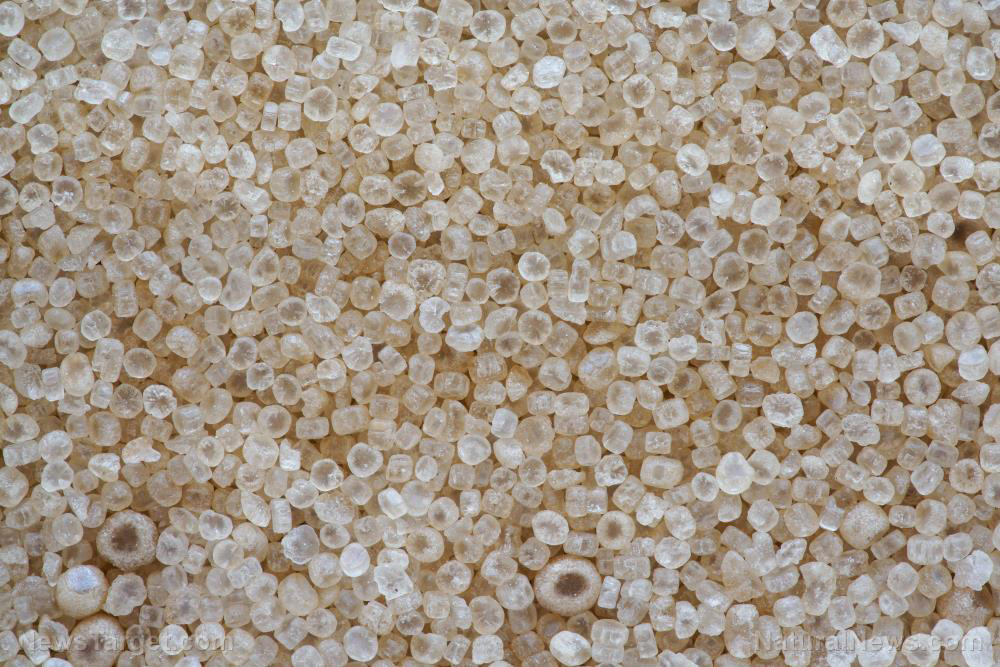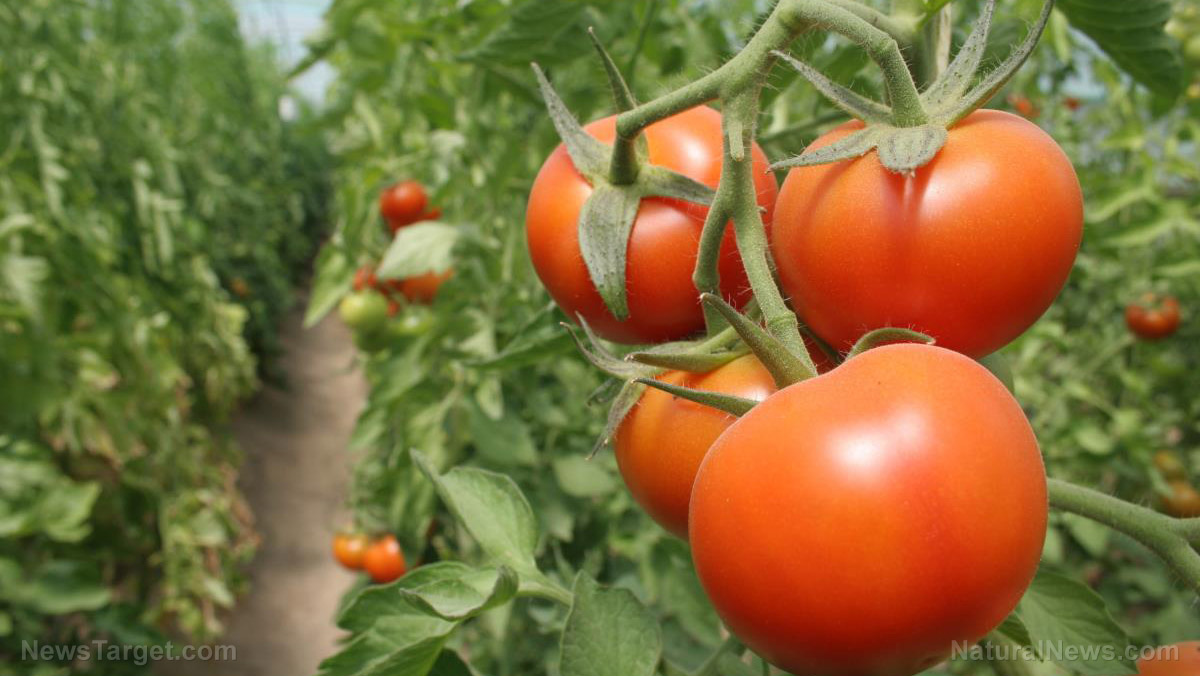
Advertisement
The price of nitrogen fertilizer is expected to keep increasing this fall. Analysts have noted that the cost of natural gas, a key component in the production of nitrogen fertilizer, is no longer the only driver of high prices.
Nitrogen fertilizer is a necessary ingredient for many farmers in the world for high crop yields. Since the start of the surge in fertilizer prices earlier this year, farmers all over the world have been struggling to buy enough to keep crop yields high. (Related: FAMINE AHEAD: High fertilizer prices could cause global grain production to PLUMMET by 40%.)
In America’s Corn Belt, the price of common nitrogen fertilizer ammonia has increased by nearly 24 percent since Sept. 2020. The average cost in the region is currently around $1,300 per ton. Up from around $330 per ton in Sept. 2020 and $670 per ton in Sept. 2021.
Prices peaked during the spring earlier this year at around $1,550 per ton before falling to $950 per ton in July. Since then, prices have only gone up.
In Missouri, one retailer noted that it currently costs around $1,325 to purchase a ton of anhydrous ammonia fertilizer. In Iowa, one retailer said it costs $1,400 per ton to buy the same kind of fertilizer.
In Europe, the cost of carbamide or urea fertilizer has already surged to nearly $1,000 per metric ton (1.1 tons) and could soar above $2,000 or even $3,000 by year’s end.
“Against the background of the high cost of natural gas, we should not expect a drop in prices for carbamide and other types of nitrogen fertilizers in Europe,” noted Leonid Khazanov, an independent Russian analyst.
Rising cost of corn likely to affect price of nitrogen fertilizer
But despite what Khazanov believes, other analysts have noted that natural gas prices are no longer the only driver of nitrogen fertilizer costs.
“Historically we might have thought fertilizer is primarily an energy cost input,” said Brad Lubben, an agricultural economics expert at the University of Nebraska-Lincoln (UNL). “Energy drives the cost of fertilizer, but so does output, so does the price of corn. So do the supply shocks overseas in terms of foreign suppliers. So do the current energy shocks in Europe, which leaves all kinds of questions about the winter natural gas supply and availability, as well as transportation and everything else that we see going on here with the challenges we’re seeing today.”
“Volatility is something producers are going to have to manage,” he concluded.
Other analysts have agreed that the price of corn could be considered a major driver in the price of nitrogen fertilizer. Cory Walters, another agricultural economist with UNL, agreed that the price of corn is one of the factors in play.
“You have corn prices heading back up. You have issues over in Europe. You have tariffs. You have transportation costs,” he said. “Everything across the board is leading to this price level and this level of volatility, and I’d expect more of that going forward as we move into the fall and winter.”
The average cost of growing food in the United States is on track to jump by 18 percent, the highest ever increase, with much of the rise attributed to the price of fertilizers. Unfortunately, this increase is creating a feedback loop due to the connection of the price of corn to the price of nitrogen fertilizers, and farmers everywhere could see prices keep going up until something changes.
Learn more about the fertilizer crisis at FertilizerWatch.com.
Watch this short clip of Russian President Vladimir Putin talking about how the West is blocking his country’s efforts to donate fertilizer to low-income countries that really need it.
This video is from the Contrarian channel on Brighteon.com.
More related stories:
Green energy GENOCIDE: Without fossil fuel, there’ll be no more fertilizer to grow food.
Prepare for dire food shortages as most fertilizer production in Europe goes offline.
Two more fertilizer plants in Europe shut down due to high gas prices – no energy means no food.
Sources include:
Advertisements







